Q1. What are the contributions mentioned in the paper "A cartesian grid embedded boundary method for the heat equation on irregular domains" ?
The authors present an algorithm for solving the heat equation on irregular time-dependent domains.
Did you find this useful? Give us your feedback

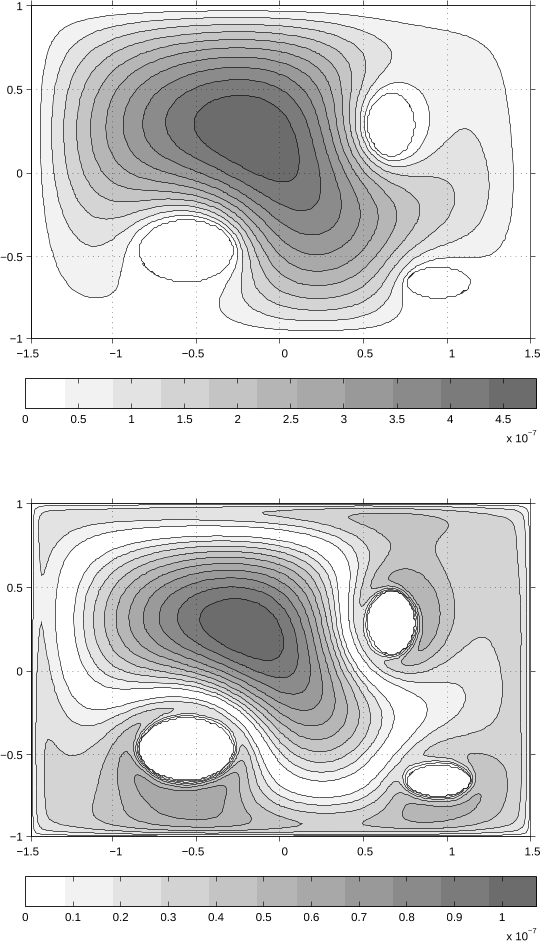
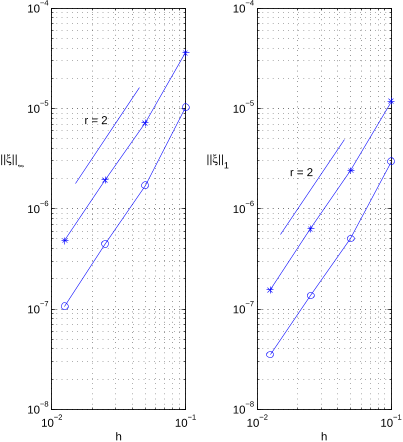
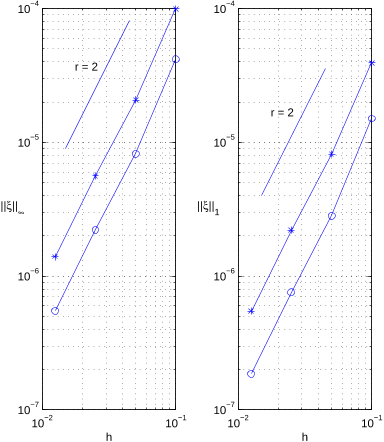






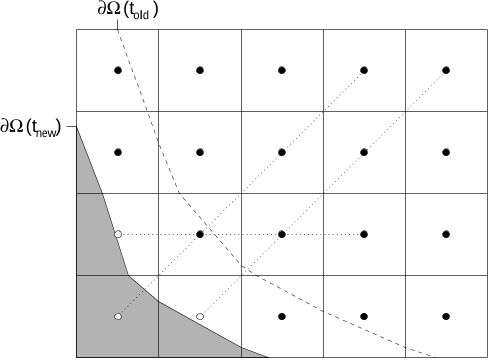
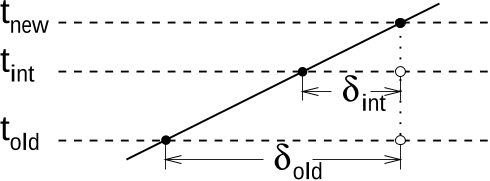
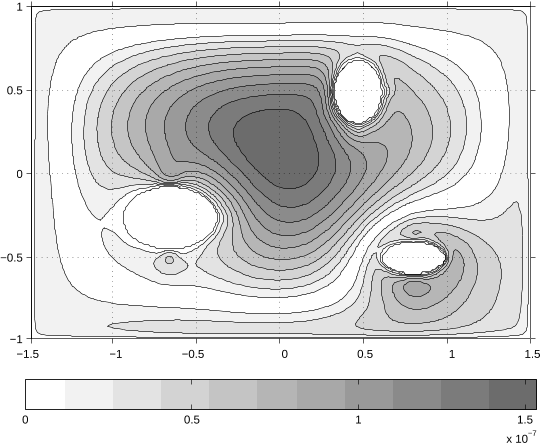

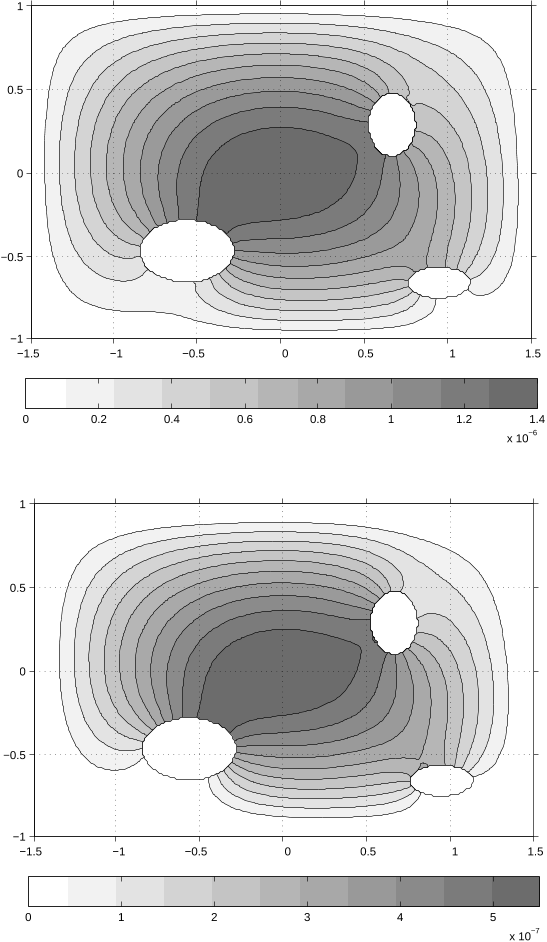
206 citations
...[22] to the solution of the timedependent heat equation....
[...]
202 citations
...A second application would be to combine this algorithm with the finite-volume algorithms for elliptic and parabolic problems in [8,9,15] to solve incompressible or low-Mach number flow problems with irregular fixed or free boundaries, following the ideas in [1]....
[...]
197 citations
...The numerical scheme for the PDE [47] uses linear interpolation of the diffusion tensors between voxels creating higher diffusion within the grey matter neighboring white matter....
[...]
...The first one is the difference between numerical schemes we use to solve the reaction-diffusion PDE and the traveling time formulation....
[...]
...In [28], Hogea et al. propose a PDE based method where they invert their model equations and solve a constrained PDE optimization problem to estimate the parameters....
[...]
...Their formulation consists of reaction-diffusion type partial differential equations (PDEs) with the reaction term [first term in (1)] representing the proliferation and the diffusion term representing the infiltration [21]....
[...]
...This correction scheme makes sure that as we solve the (5) we follow the characteristic directions of the PDE [53]....
[...]
162 citations
...For comparison to our discretization, note that in [21] (Fk)i± 12 ek is chosen to be the standard centered difference approximation when the kth face does not intersect a boundary....
[...]
...The time integration was performed using the second order, L0 stable, implicit Runge– Kutta method mentioned in [21]....
[...]
...For faces cut by the boundary, [21] interpolates between the centered difference flux in neighboring cells to approximate the flux at the midpoint of the cut face....
[...]
...Following the conservative discretization method in [21], for all cells, i, in which pi is defined,...
[...]
160 citations
[...]
40,330 citations
...Similar approaches based on formally inconsistent discretizations at the irregular boundary have been used previously and observed to be stable [1, 9], so we expect that the extension to the more accurate boundary discretization should be straightforward....
[...]
18,443 citations
8,299 citations
...However, it is well known that, for any domain with smooth boundary, a smooth function can be extended to all of R with a bound on the relative increase in the C norms that depends only on the domain and (k; ) [5]....
[...]
1,287 citations
...The method described here, together with that in [6] for elliptic PDEs and [8] for hyperbolic PDEs, provide the fundamental components required for developing second-order accurate methods for a broad range of continuum mechanics problems in irregular geometries based on the predictor–corrector approach in [2]....
[...]
470 citations
...As in previous work on elliptic problems [6], our approach uses a finite-volume discretization, which embeds the domain in a regular Cartesian grid....
[...]
...We follow the approach described in [6, 7]....
[...]
...With Dirichlet boundary conditions as from (3), we compute an estimate of ∂ψ ∂n by interpolating from the grid values and the values at the boundaries; for details, see [6]....
[...]
...The method described here, together with that in [6] for elliptic PDEs and [8] for hyperbolic PDEs, provide the fundamental components required for developing second-order accurate methods for a broad range of continuum mechanics problems in irregular geometries based on the predictor–corrector approach in [2]....
[...]
...This is routine for the case in which the embedded boundary is contained in the finest level of refinement [6], but requires some additional discretization design when the embedded boundary crosses coarse–fine interfaces....
[...]